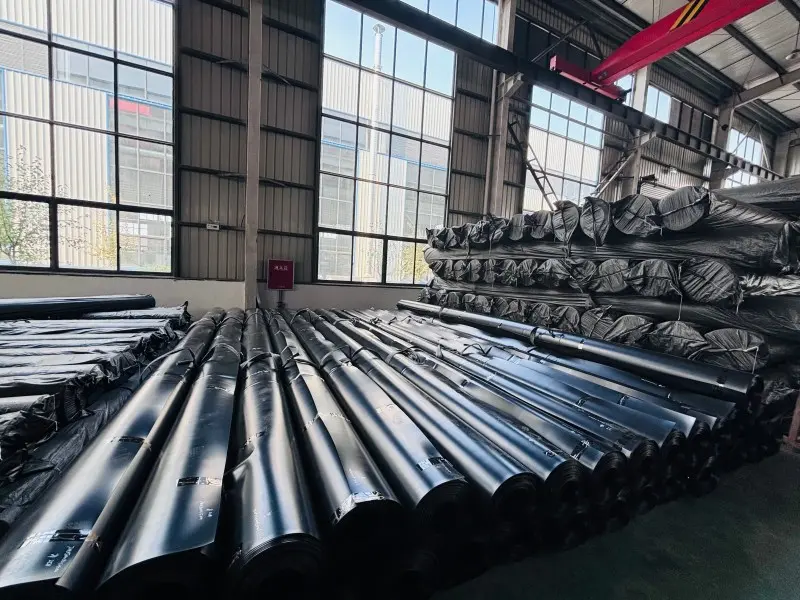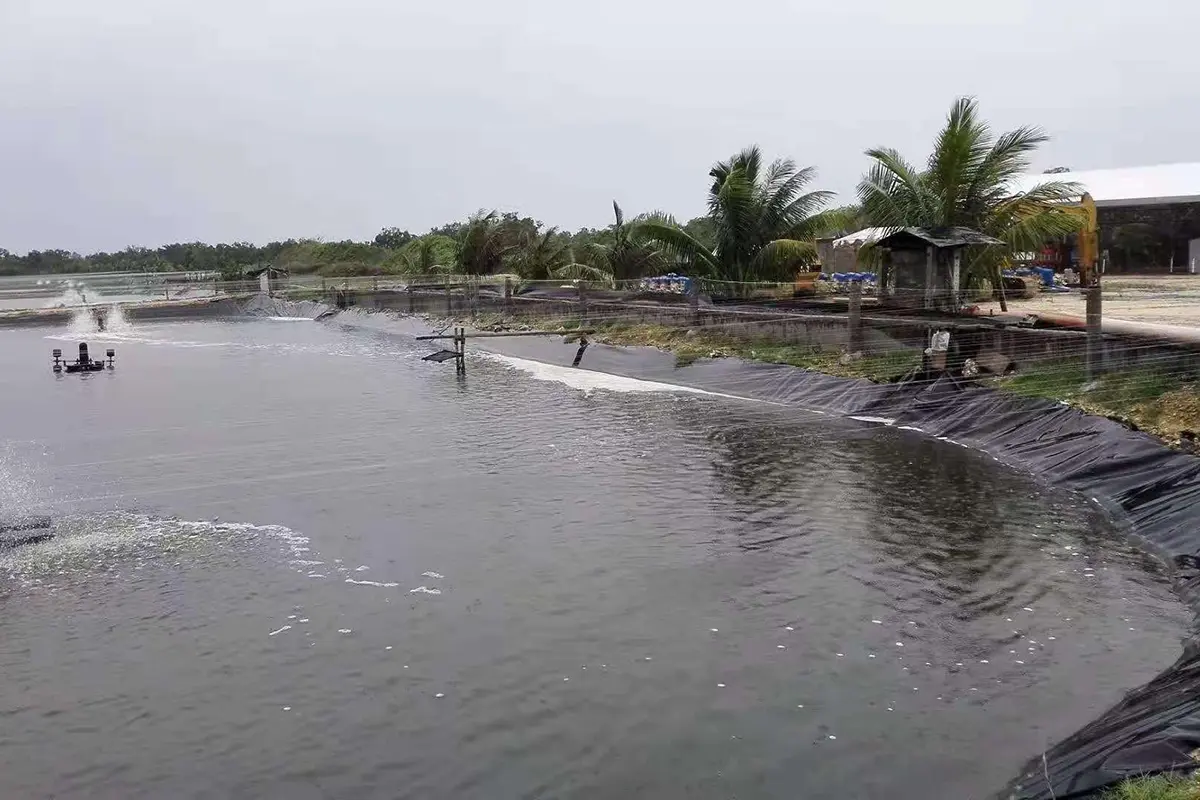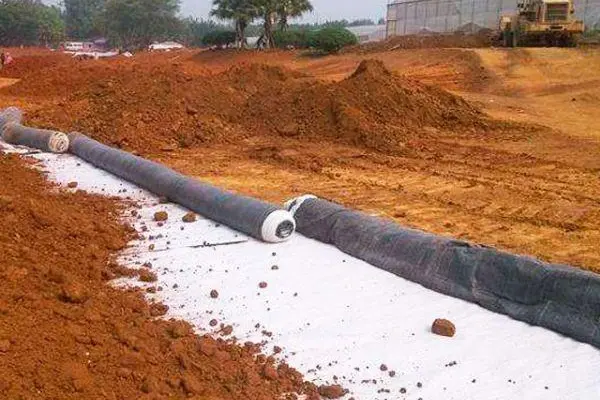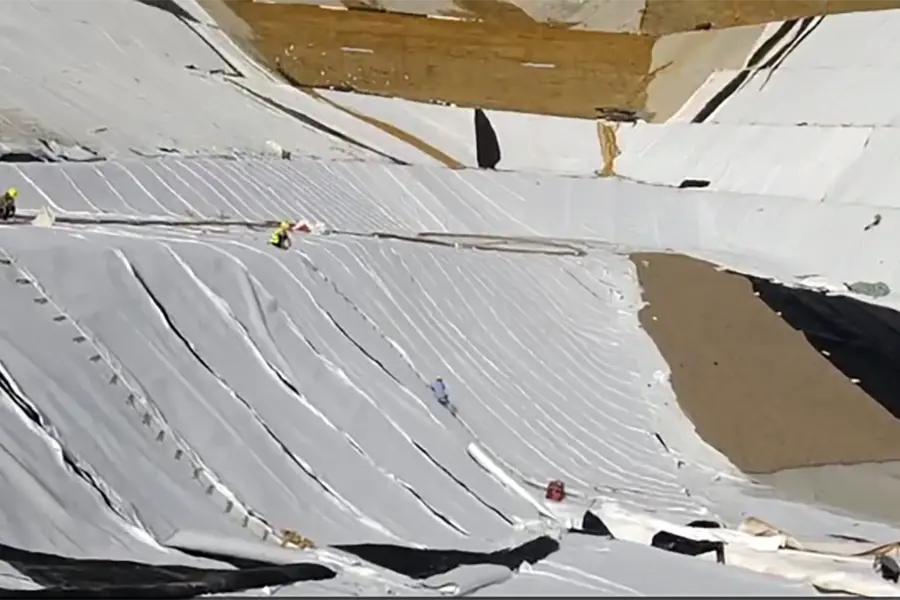The difference between filament geotextiles and short filament geotextiles
Filament geotextile is a geosynthetic material used in civil engineering and construction projects. It is made from continuous filaments of synthetic materials such as polyester or polypropylene. These filaments are extruded and then woven or nonwoven into fabric structures.
Filament geotextiles are known for their high tensile strength, durability and stretch resistance. They are commonly used in applications requiring reinforcement, separation, filtration and erosion control. Filament geotextiles are commonly used in road construction, embankment stabilization, retaining wall construction and drainage systems.
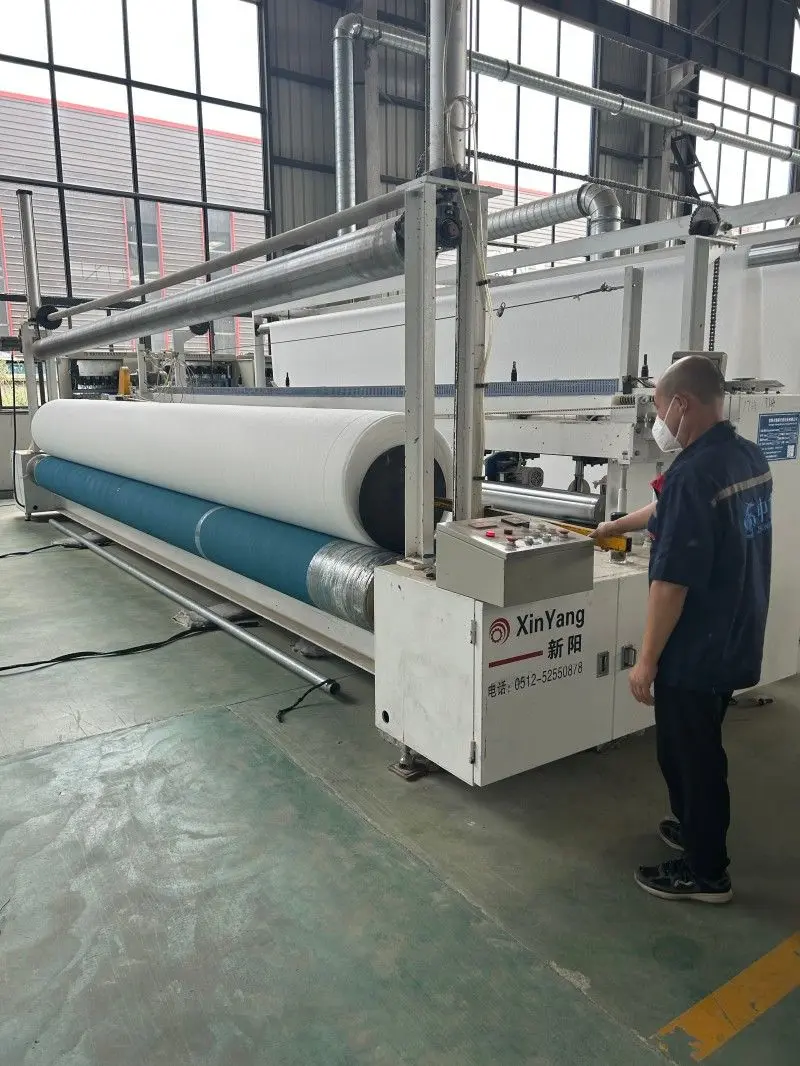
The continuous filaments in filament geotextiles provide excellent strength and stability, making them suitable for long-term applications that require strong reinforcement and support. Their high tensile strength allows them to withstand heavy loads and provide effective soil stabilization.
Overall, filament geotextiles play a vital role in various civil engineering and construction projects by providing reinforcement, filtration and separation functions to improve the performance and longevity of structures and infrastructure.
Short fiber geotextile, also known as short fiber geotextile, is a type of geosynthetic material used in civil engineering and construction projects. These geotextiles are made from short fibers of synthetic materials such as polyester or polypropylene. Short fibers are spun into yarn and then woven or nonwoven into fabric structures.
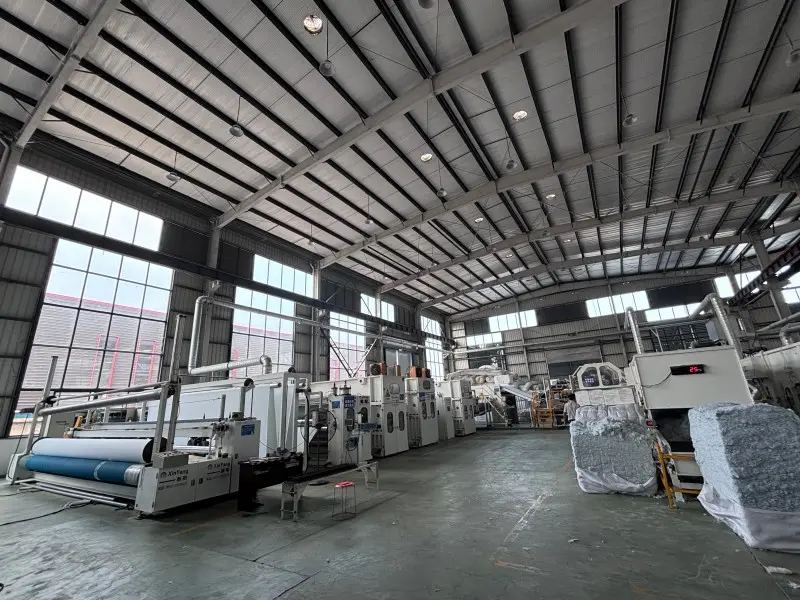
Short fiber geotextiles are commonly used in applications where filtration, drainage and separation are the primary functions. They are commonly used in projects such as road construction, drainage systems, erosion control, and landscaping, and their primary function is to filter soil particles while allowing water to pass through.
These geotextiles are designed to effectively separate different soil layers, prevent clogging of drainage systems, and provide support for vegetation growth. They are also used in applications requiring a balance of strength and filtration.
Short fiber geotextiles play a vital role in various civil engineering and construction projects by providing filtration, drainage and separation functions to improve the performance and longevity of structures and infrastructure.
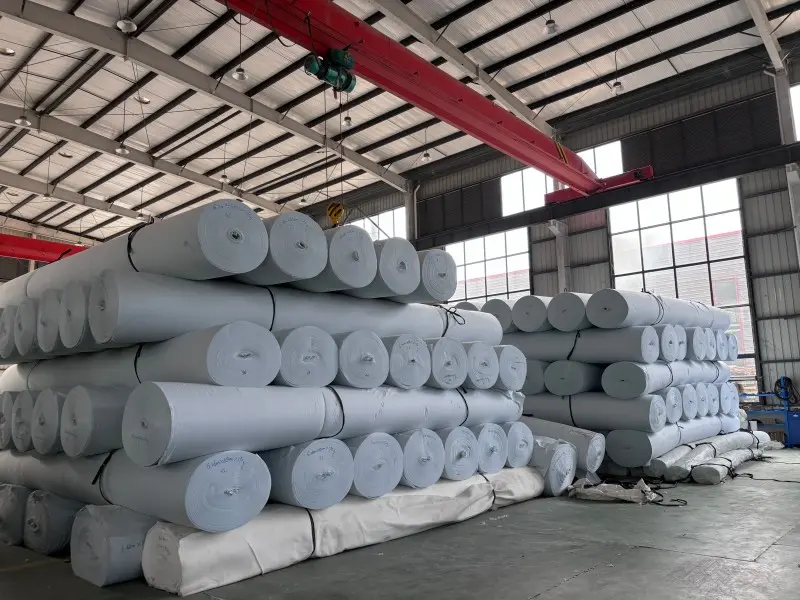
Filament geotextiles and short filament geotextiles are two different types of geotextiles used in civil engineering and construction projects. The main difference between the two is the structure and composition of the fibers used in their construction.
Filament geotextile:
1.Filament geotextiles are made of continuous filaments of synthetic materials such as polyester or polypropylene.
2. The filaments are extruded and then woven or non-woven into fabric structures.
3.Filament geotextiles are known for their high tensile strength and durability, making them suitable for applications requiring long-term stability and reinforcement.
Short filament geotextile:
1. Short filament geotextiles are made of short fibers of synthetic materials.
2. These fibers are usually shorter in length and are spun into yarn before being woven or nonwoven into fabric structures.
3. Short-filament geotextiles are often used in situations where filtration, drainage, and separation are the main functions.
To summarize, the main differences between filament and short-filament geotextiles are the length and structure of the fibers used in their construction, as well as their intended applications in civil engineering and construction projects.


